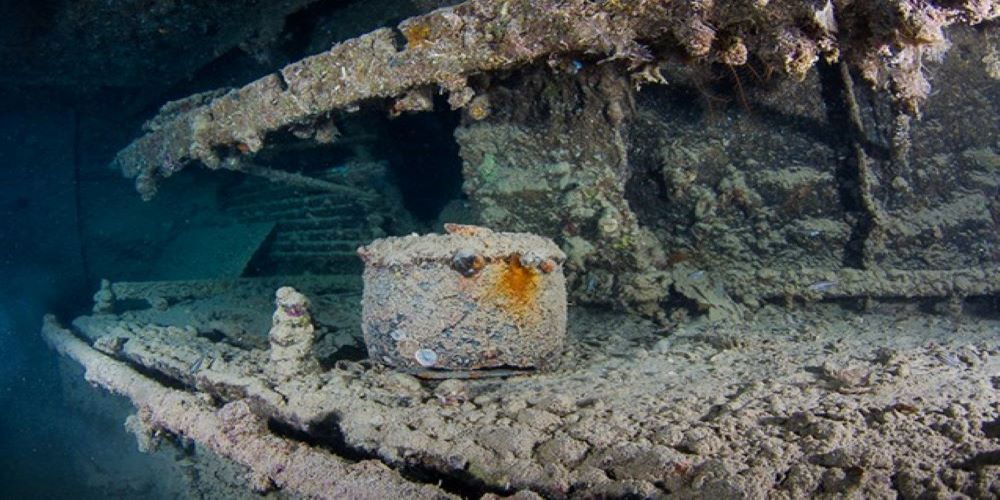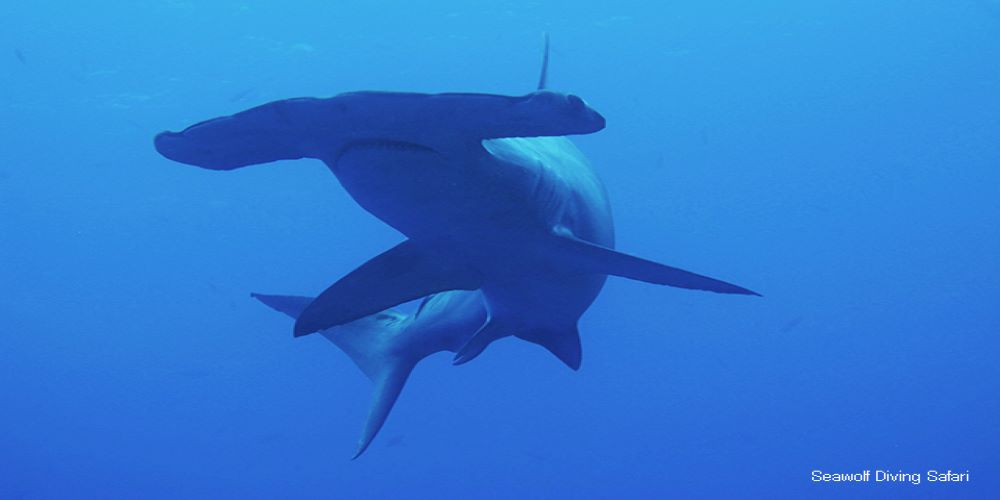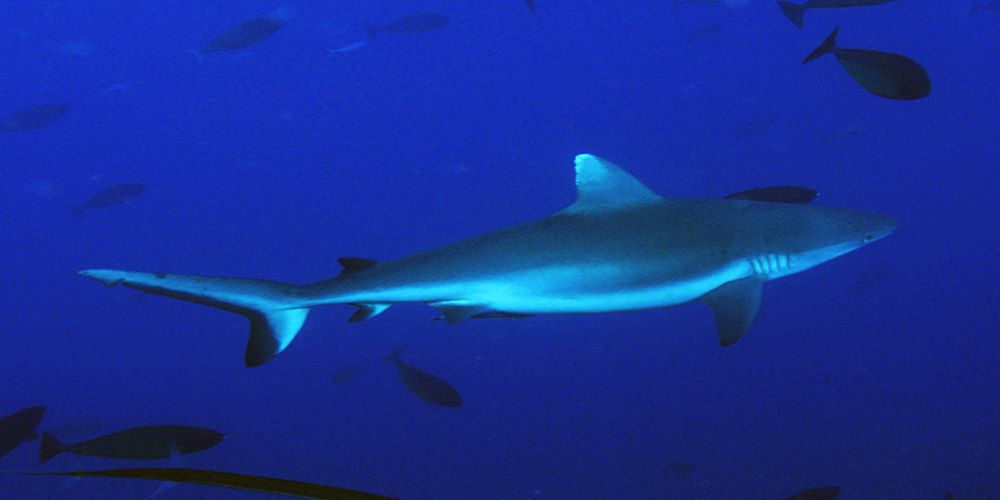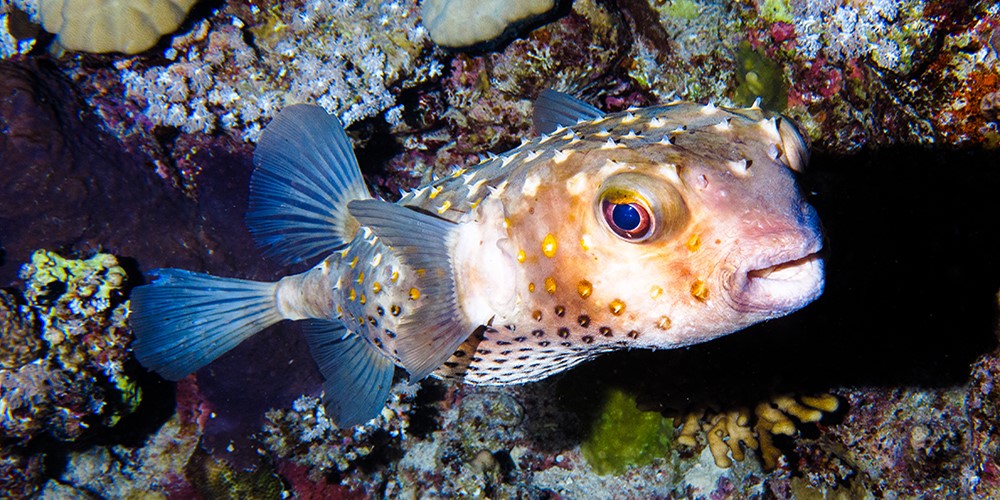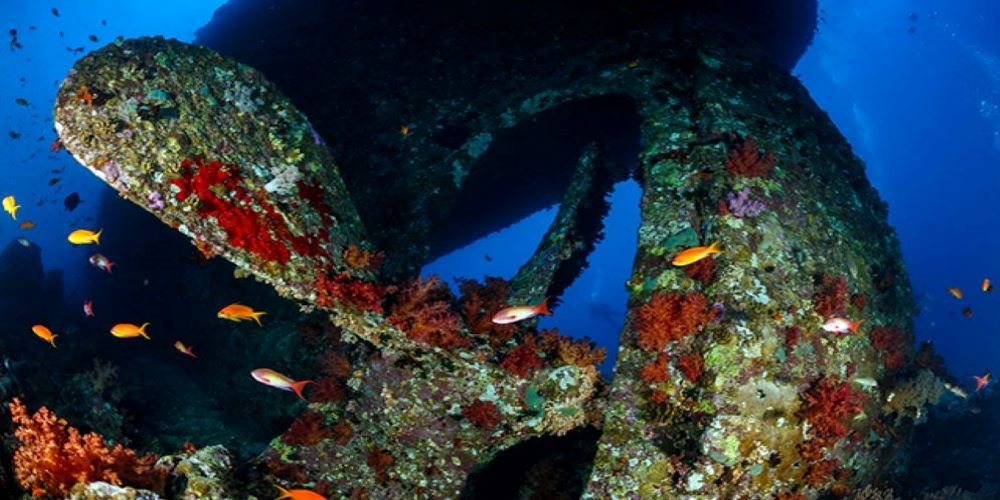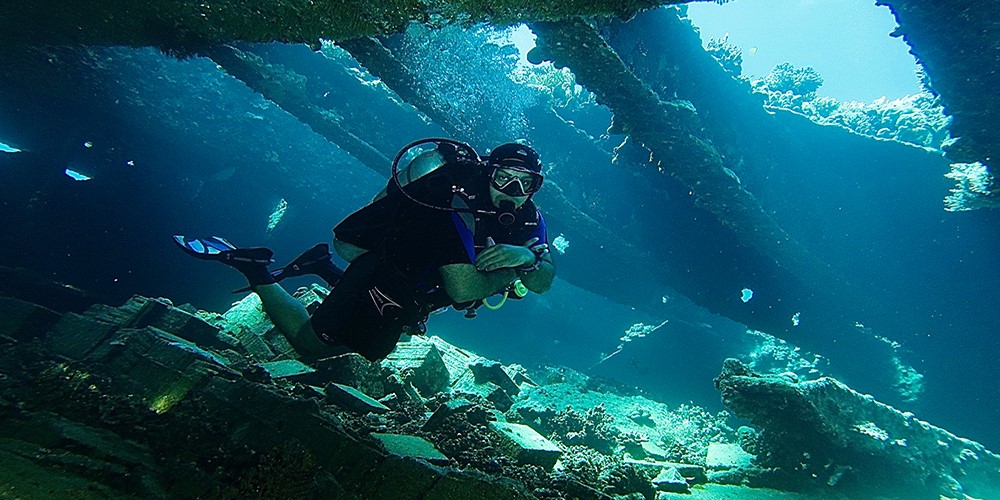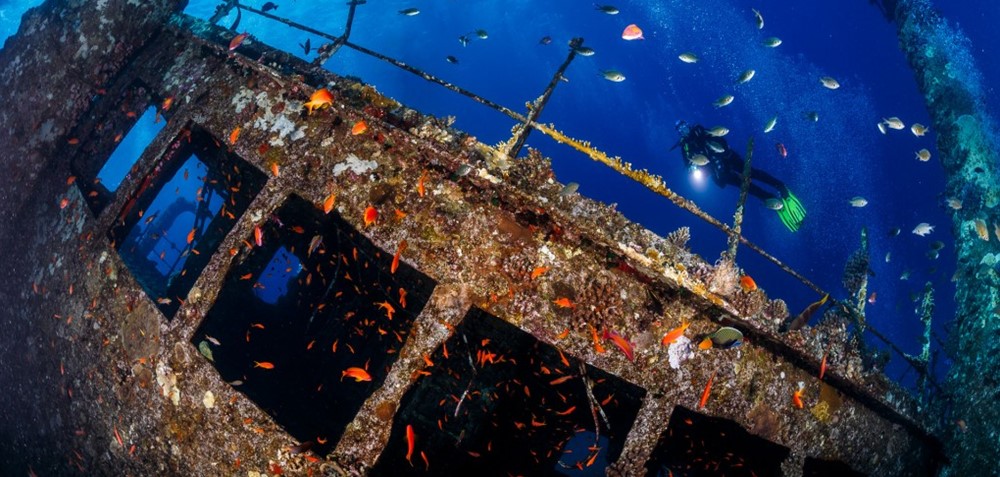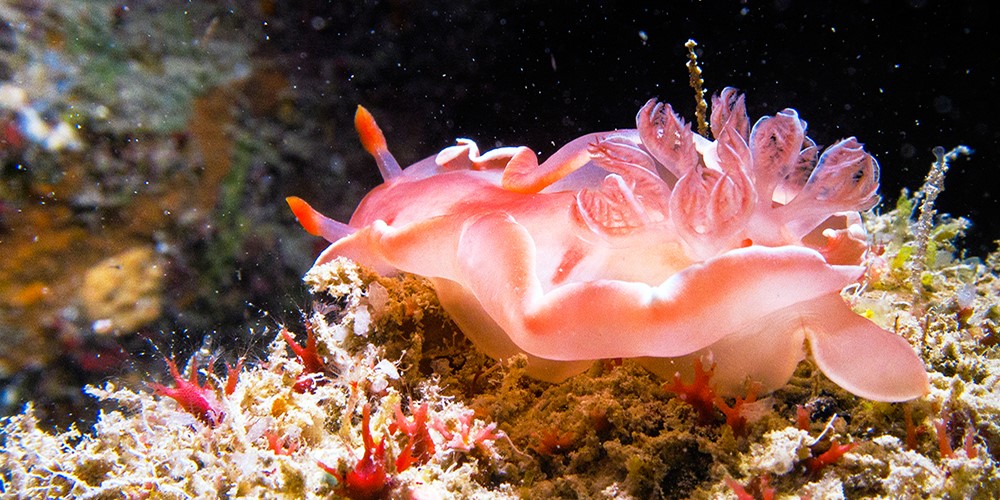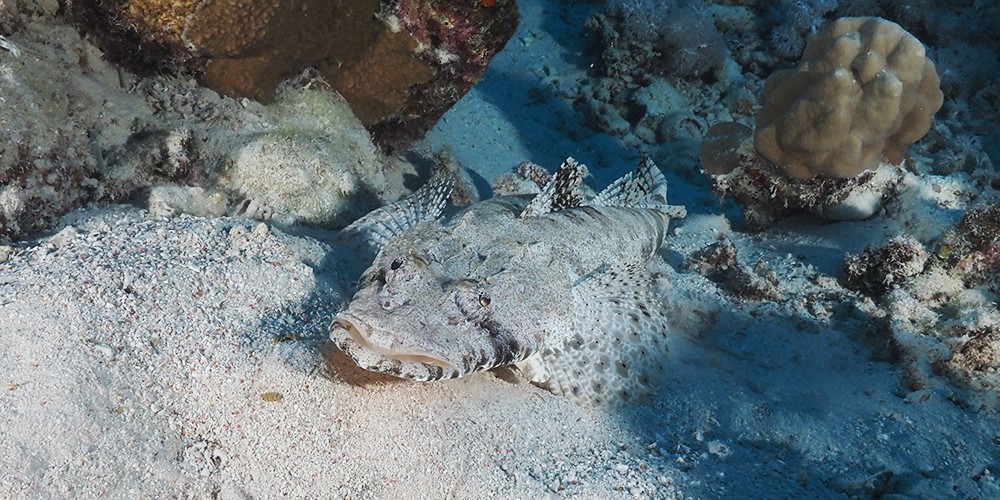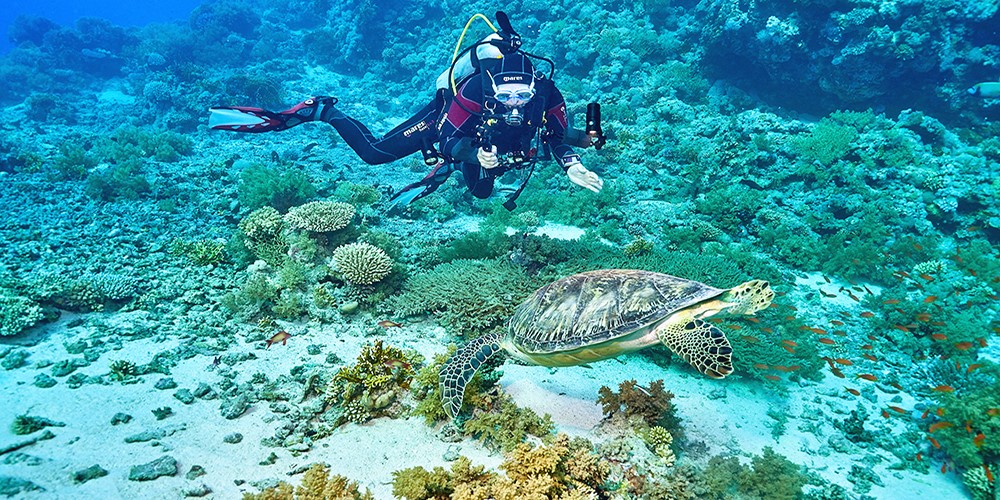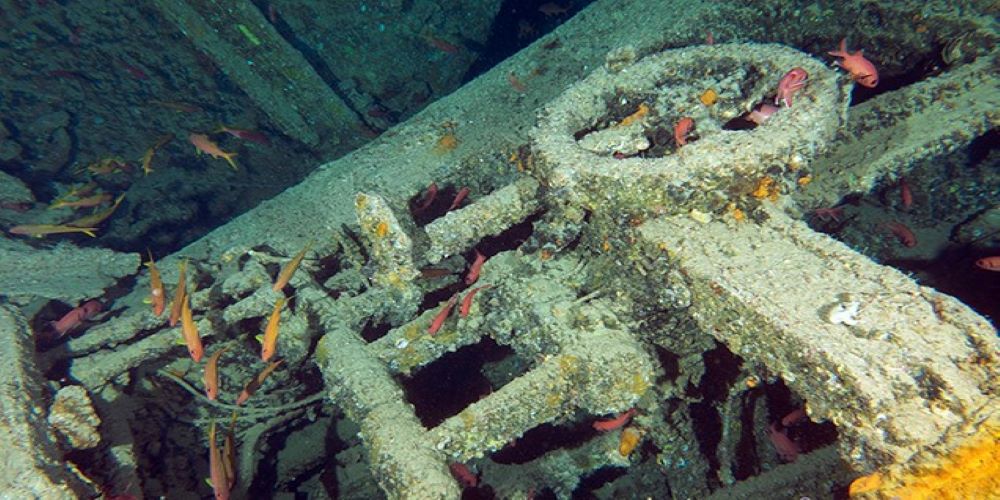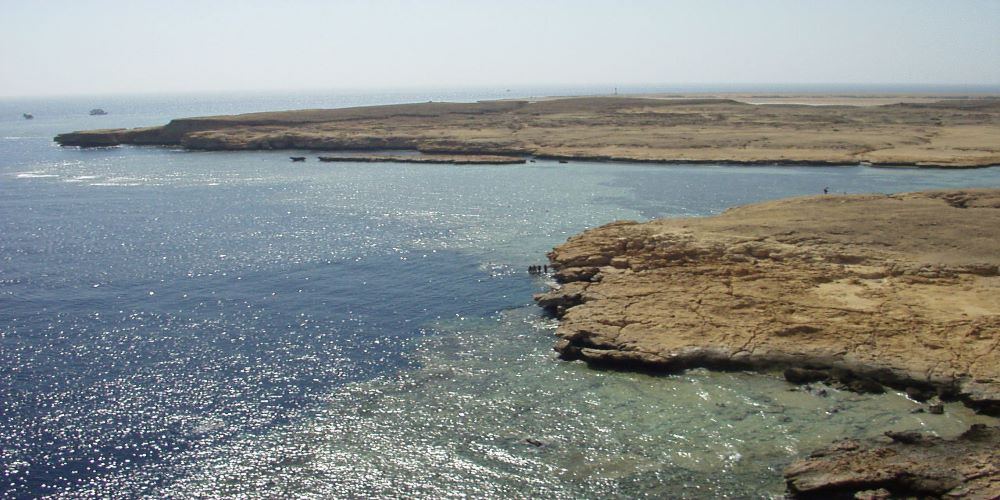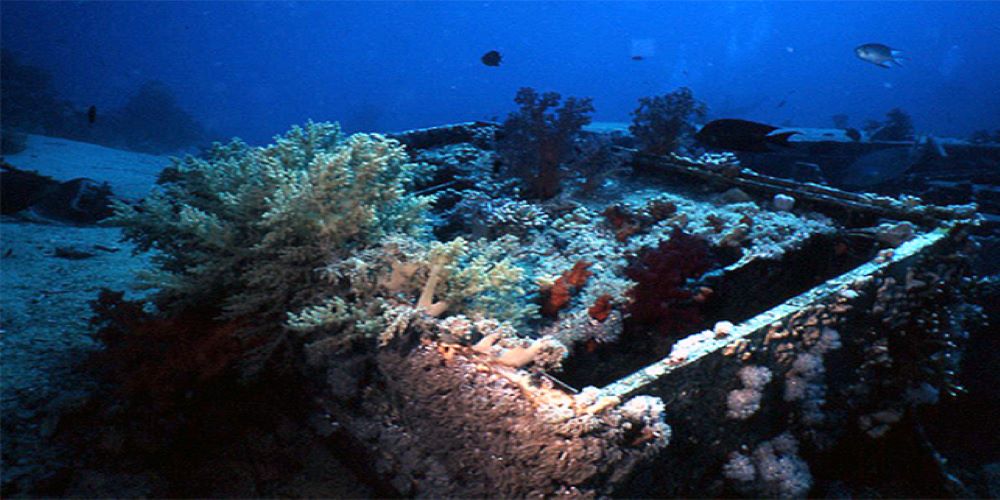North & Strait of Tiran
- This tour takes you to the famous WRACKS in the north of the Red Sea, and on top of that there are the interesting reefs in the Strait of Tiran.
- Fans of old sunken ships are guaranteed to get their money's worth on this liveaboard.
- First we will go to Shaab El Erg, then the wrecks of Abu Nuhas are on the program, the Carnatic, Chrisoula K, Ghiannis D. The next wreck on the "menu" speaks for itself: The Thistlegorm, one of the most famous wrecks in the entire Red Sea. The freighter, which sank in 1941, with its motorcycles, trucks and the locomotive lying off to the side, captivates every diver.
- Diving is then done in the Strait of Tiran, at Jackson, Thomas and Gordon Reef. If weather and current conditions permit, it may be possible to dive the Rosalie Moller on the way back - a wreck that sank the same night as the Thistlegorm and lies in the Strait of Gubal.
- Upon arrival in Hurghada, transfer to the ship in Hurghada, dinner and departure the next morning.
Expect to see
SS Thistlegorm
The English ship was on her way to Egypt to supply the English Africa Corps with supplies when she was attacked by a German bomber on 6.10.1941 and sank.
The wreck lies upright on the seabed at a depth of 30 meters.
The cargo is especially interesting: tanks, trucks, weapons, motorcycles, railroad cars as well as a locomotive.
The Thistlegorm is a must for every Red Sea diver. She is a delight for wreck enthusiasts, not to mention her spectacular cargo.
But she also offers a variety of fish. Schools of barracudas or big tunas and snappers are not uncommon here. As an artificial reef, it also attracts countless coral fish.
Shaab el Erg
Shaab el Erg is an extensive reef, in the shape of a horseshoe. This formation is open to the south with a shallow lagoon, which is full of ergs. The whole lagoon can be dived.
Very popular are the northern tip, the eastern wall or the southwestern tip - Gota Shaab el Erg.
Bluff Point
This dive starts at the northeasternmost point of the tip and then follows the coral wall diving south to the arched bay, the north side of Little Gubal Island. A strong current pushes the diver in a southerly direction, so it is best to stay as close to the wall as possible.
Along the rounded tip where the dive begins, large Napoleon wrasse can be encountered and often turtles.
Shaab Umm Usk
The lagoon is famous for the resident bottlenose dolphins, which, if they are not disturbed and therefore move away, can be observed as they perform maneuvers worth seeing.
The lagoon is protected in all weather conditions, not least because of the isolated coral formations at the southern tip that limit the wave action.
The most suitable spot for diving is in the southwest, behind the coral reef.
Umm Gammar
The island is surrounded by a wide coral reef reaching up to 2 km to the north, half rising out of the water. The way to Umm Gamar can sometimes be a bit rough due to the weather, but over the south plateau you will find enough shelter to moor.
The typical dive of Umm Gamar takes place on the eastern side of the island. The zodiac drops you off at the desired spot and you drift south along the eastern wall until you reach 3 coral towers that mark the beginning of the south plateau. Two of the coral towers are hollow and filled with glassfish. The third has a large sandy cave at 27m. All three are covered with purple soft corals and a cloud of glassfish bustle in the hollows.
Carless Reef
The reef consists of two prominent pinnacles ( madrepores pinnacles) that stand on a plateau. The two pinnacles are easily visible thanks to the crystalline water in this little protected place.
The dive is often not doable because of the lack of protection for the boats.
The dive site is famous mainly because of the giant moray eels that live here and like to come out of their caves.
Rosalie Moller
Due to the mostly prevailing north current there, she was lying almost exactly with her bow aligned to the north on the port anchor. The attack must have come very unexpectedly on the unarmed coal freighter.
A bomb hit on the starboard side at the level of the rear hold caused the ship to sink rapidly. Today, the Rosalie Moller stands upright in a north-south direction on her keel, which lies at 50m on a firm sandy bottom.
The Rosalie Moller is a unique experience, even if the visibility at the wreck is often very poor (for the conditions in the Red Sea), not only due to the depth (the upper deck is at 30m).
It is certainly not suitable for beginners, as every dive goes hard to the DEKO limits and the ascend on the rope is a conditioning exercise with the often prevailing swell and current.
Jackson Reef
The "Jackson Reef" resembles a triangle, the tip of which points towards the north. Exactly here lies the famous shipwreck "Lara", run aground and sunk in 1981. In the area of " Lara " you can always see hammerhead sharks, which are in the blue water and in pleasant depths between 10 and 30 meters.
This highly frequented dive spot is not only a treat for divers, but also snorkelers get their money's worth at "Jackson Reef", as there are two shallow plateaus. Perfect for an underwater excursion with the whole family. Besides the "Lara", the remains of the old lighthouse are also among the highlights of the reef.
Not only reef and hammerhead sharks can be seen with a little luck, but also magnificent coral gardens, red anemones, clownfish, horseeye jacks, eagle rays, napoleon wrasse, groupers or schools of tuna. See, be astonished, enjoy!
Woodhouse Reef
"Woodhouse Reef" is the longest of the four reefs in the Strait of Tiran. The reef top is about 1.2 kilometers long. In the area of the saddle one should be extremely careful, because here we divers are confronted with brutal currents that pull us down. This place is also called the "washing machine" by the locals.
Diving is mainly on the east side because there is a plateau, a canyon and interesting wreck ruins! If we look into the open water we have the chance to spot hammerheads, grey reef sharks, whitetip reef sharks, leopard sharks or eagle rays.
The canyon is too narrow to dive; best to stay in the upper area.
Thomas Reef
If you are into cave diving, you will have a great time at "Thomas Reef", which convinces with its vertical steep walls, many gorges and the spectacular canyon. However, the dive is only for experienced divers: Especially on the side that faces "Woodhouse Reef", the currents change immensely depending on the tides and are not only fast, but also create down currents.
Those who dare should not hesitate and book the tour immediately. The "Thomas Reef" is simply a brilliant and unique dive site. The canyon may rightly brag with its three rock bridges, gorgonian fields and black corals are always showing off for their visitors and again lionfish, reef sharks, barracudas, moray eels or family members of the other 1,200 fish species in the Red Sea come by for a visit. Pure fish cinema!
Abu Nuhas / Carnatic
The Carnatic, on a voyage from Liverpool to Bombay with 27 crew, 203 passengers, and a cargo of cotton, copper plates, and 40,000 pounds sterling in gold, ran aground on the reef Shab Abu Nuhas on the night of September 13, 1869. The ship initially remained on the reef, but broke apart and sank on September 15, despite various rescue attempts .
Overconfidence in the ship's stability had a disastrous effect. Since the Carnatic had not been cleared and passengers and crew members were on board, the ship took 27 people down with it . The survivors first rescued themselves on Shadwan Island and were later recovered by the Sumatra.
In October 1869, a helmet diver recovered most of the gold cargo as well as 700 copper plates. Several bodies were also discovered - one victim was still stuck in a porthole through which he had tried unsuccessfully to escape. 8,000 pounds sterling could still be in the wreck. No one has found them yet - perhaps they were secretly salvaged or disappeared under coral.
The wreck was rediscovered in 1984 and has been a popular destination for Hurghada dive boats ever since. Since then, souvenir hunters have plundered it thoroughly. The Carnatic lies on its side at the base of the reef at a depth of 20 to 27 meters. In the middle the ship is badly damaged, bow and stern are well preserved. The wooden decks have rotted away so that it is safe to enter the interior. The hull is densely covered with stone and leather corals.
Abu Nuhas / Chrisoula
After several previous owners, she finally changed to the shipping company Clarion Marine and was given the name Chrisoula K. Under this name she also made her last voyage, which took her to the area of the Abu Nuhas reef in the Red Sea on August 30, 1981 with a cargo of cheap Italian floor tiles.
Due to a navigational error by the captain, the ship ran aground on the reef during the night of August 30 and sank.
Today the wreck lies in an optimal position for divers at a depth between 5 meters and a maximum of 25 meters.
The ship is in a slight inclination, the middle part is heavily damaged by the impact.
Abu Nuhas / Ghiannis
For a long time the front half, which had run up on the reef, remained stationary and indicated the place of the accident, then it too sank and lay down on the port side.
The aft half of the wreck lies somewhat inclined on the port side. Above the front of the quarterdeck rises the smokestack with the large letters "D". The "D" stands for the name of the shipping company: Danae.
In front of the chimney is the bridge deck, behind it other spaces, a huge winch, the bollards, the intact railing, and even the frame that used to support a large awning was not damaged in the sinking.
At the base of the funnel are narrow portholes leading into the engine room. The engines are an impressive sight with their long rows of cam arms, valves and pipes.
The middle section of the ship resembles a junkyard, as iron girders are bent and torn, and the sides lie collapsed on the seabed. This area of the wreck is teeming with crocodile fish, scorpion fish and parrot fish. Some groupers have also made their home here.
Gordon Reef
"Gordon Reef", the southernmost reef of the Strait of Tiran, has a length of about 900 meters and the reef top is just half a meter below the water surface. This is also the reason why we unfortunately cannot dive the cargo ship from Panama, the "Loullia", which was stranded on September 29, 1981.
In the southwest there is still an unmanned lighthouse and in the north a lighthouse ruin - unfortunately hardly recognizable, but the perfect search object for one or the other challenge! There are sandy moorings in the south, in the east as well as in the west with a depth of two to 10 meters.
Diving is mostly in the southern part, because here the drop-off edge is only between 25 and 30 meters and then later goes down to 50 meters. In the rest of the reef it's a steep descent from now on down to depths of 300 meters.
But finally we come to the colorful part of the explanations: in the "amphitheater", a sandy depression, we meet with a little luck scalloped hammerhead sharks, at the sight of which we are really speechless. The whitetip reef sharks, which are "sweet" in contrast to their counterparts, also grant us an audience here from time to time. It is not for nothing that this sandy depression is also called "Sharkpool". And the grass sticking out of the sand are usually red sea garden eels, the other highlights besides fire corals and gorgonians.
Laguna Reef North & South
This reef is named after its magnificent coral lagoons.
The north lagoon is located in the area of the green and white lighthouse.
North of the lighthouse is the wreck of the Italian bulk freighter Kormoran. The ship was built in 1963 in the Rostock Neptune shipyard for the Italian shipping company "Compagnia Montemare di Navigazione". In 1976 the ship was renamed Adamastos and in 1980 Zingara.
The ship was 82.4 meters long and 12.6 meters wide with a tonnage of 2,730 gross tons.
Coming from Aqaba, the ship, loaded with phosphate, ran aground on the reef on August 21, 1984 and sank.
Shaab Mahmud with Dunraven
The interior of the lagoon is often visited by cruise ships, as it provides the necessary shelter for the night. Usually, the anchor is dropped on the sandy bottom inside the lagoon - near a narrow opening in the coral reef, the so-called Small Passage.
This passage, which can be passed only by a dinghy, offers a great opportunity to see the beautiful coral reef outside the lagoon.
Then a pleasant break inside the lagoon near the anchorage. During this dive hawksbill turtles can be encountered. In addition, you are sure to encounter mackerels and barracudas.
Dunraven
Beacon Rock is a small reef that partially rises above the water surface, located 6.9 miles west of Ras Mohammed, and has a small lighthouse that marks the southernmost point of Sha'ab Mahmud. It was here that the English cargo ship Dunraven, which had mixed propulsion and had been built by the Mitchell & C. shipyard in 1873, sank in 1876 on its way to Bombay.
The wreck, which lies inverted and separated into two parts at a depth of between 15 and 29.5 meters, was first discovered in 1977 by geologist Arye Keller and underwater cameraman Howard Rosenstein. The Dunraven was the subject of a memorable 1979 BBC documentary and subsequently became a classic dive site.
Since the cargo consisting of wood and cotton bales was lost during the shipwreck and the ship caught fire, the wreck presents itself today as a large, almost empty cavern, into which one penetrates through three main openings on the stern, the middle section and the bow.
Ras Mohammed with Jolanda & Shark Reef
The cape takes its name from its rocky peak to the east, whose contours are reminiscent of a male profile with a beard - the head of Mohammed - carved in stone.
Ras Mohamed is one of the world's most famous dive sites and is located at the tip of Sinai. Two small reefs are connected by a vertical sloping wall.
Close to Shark Reef, a little further north, is Anemone City, an vast, shallow reef zone with numerous sea anemones and their red sea anemone fish and three-spotted damsel fish.
From Shark Reef, you can drift with the current along a steep wall that drops several 100 m to Jolanda Reef. The wall is completely covered with colourful corals. On the way to Jolanda Reef you reach a plateau with small boulders and coral islands. Once at the reef, you will see the scattered remains of the Yolanda wreck ,containerised sanitation facilities for the construction industry, now completely taken over by the life of the coral reef.
Jolanda
Containers, toilets, bathtubs, wallpaper, boxes of whiskey and even a BMW 320 that belonged to the captain are spread all over the plateau.
The ship, which partially rose above the water surface and was in an unstable position because the bow was vertically stuck in the bottom, was pushed by the waves to a depth of 50 meters in early 1987 and disappeared into the blue below during a violent sea storm on March 15 of the same year.
Itinerary
ATTENTION: The tour description is only a suggestion. Which dive sites are dived on the tour depends on many factors, including wind and weather.
Arrival
After arrival in Hurghada transfer to the boat.
Check in, dinner and spending the first night on board in the marina.
Departure
Departure in the morning.
Familiarization of the boat,
Diving, safety and equipment briefing.
Dive at Umm Gammar, Abu Nuhas-Carnatic
Ras Mohamed
Dive at Dunraven, Ras Mohamed,
Dives at Gordon reef
Woodhouse
Dives at Thomas-Woodhouse
Dive at Jackson reef
Night dive at Gordon reef
SS Thistlegorm
Dive at Ras Mohamed-Jolanta reef
Dives at SS Thistlegorm
SS Thistlegorm
Dive at SS Thistlegorm
Shag Rock Reef
Abu Nuhas - Giannis D
Small Giftun Island
Return
Two dives
Return to the port.
For safety reasons you should not dive 24 hours before your flight home.
Check out
Breakfast and check out no later than 10 am.
Transfer to the airport or hotel.

 ENGLISH
ENGLISH
 РУССКИЙ
РУССКИЙ
 DEUTSCH
DEUTSCH

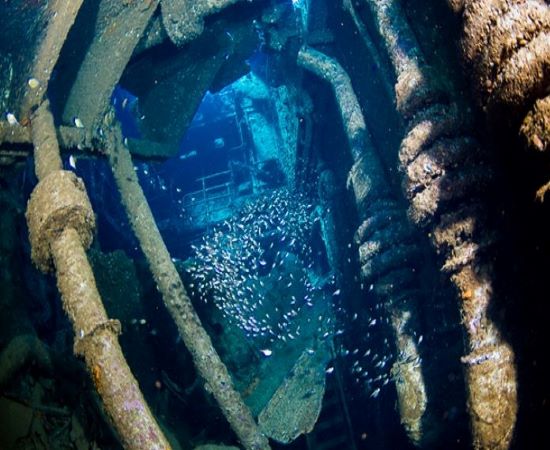
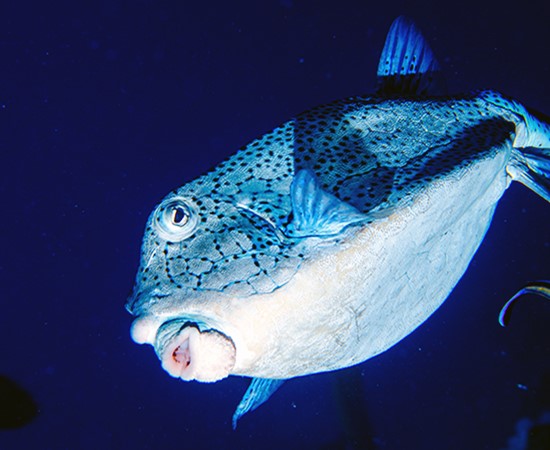
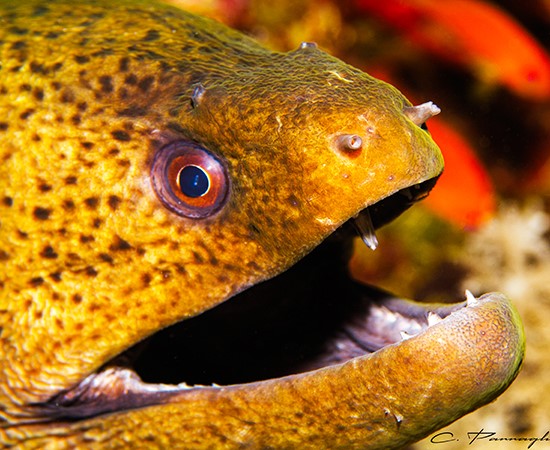
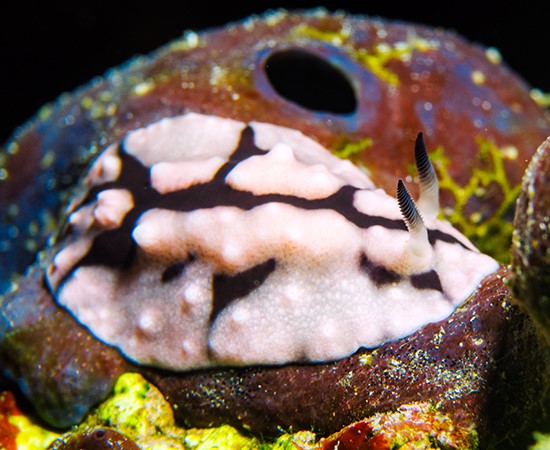
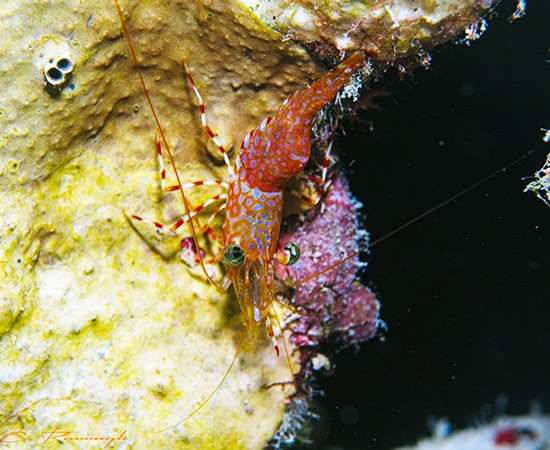
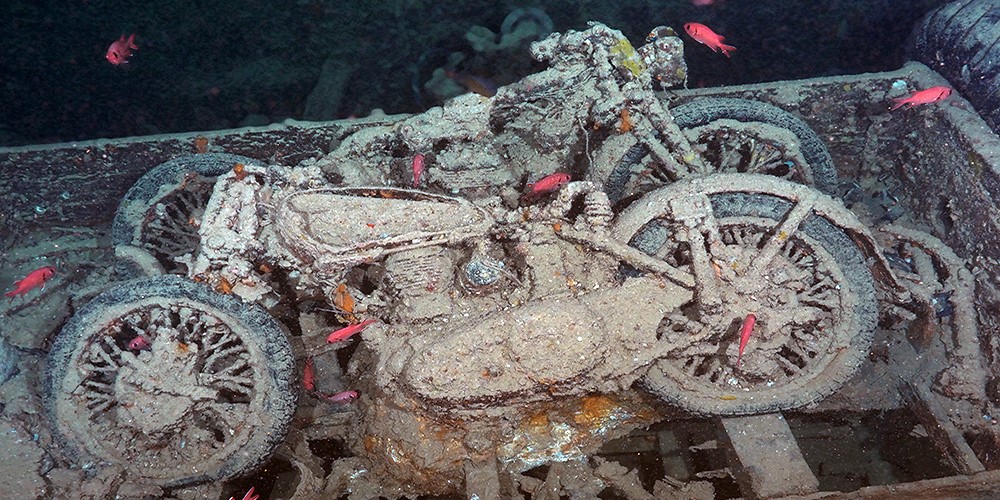
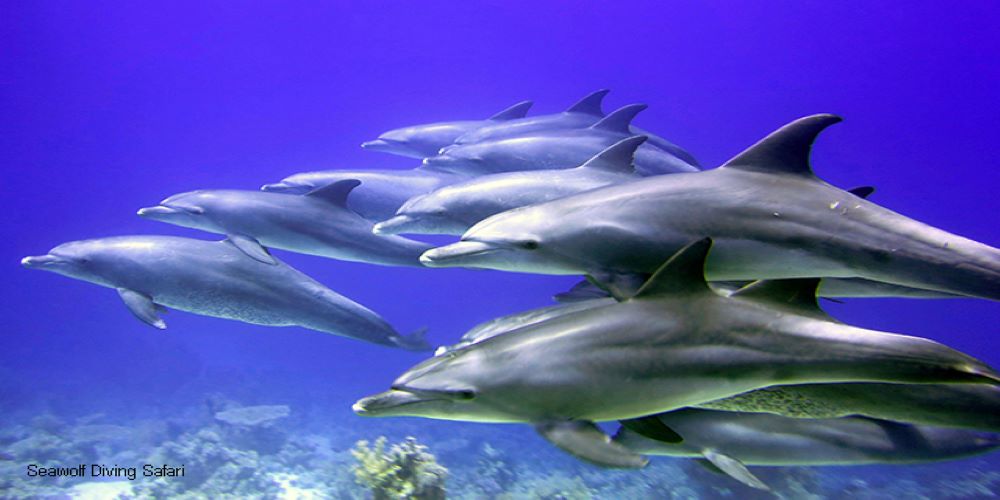
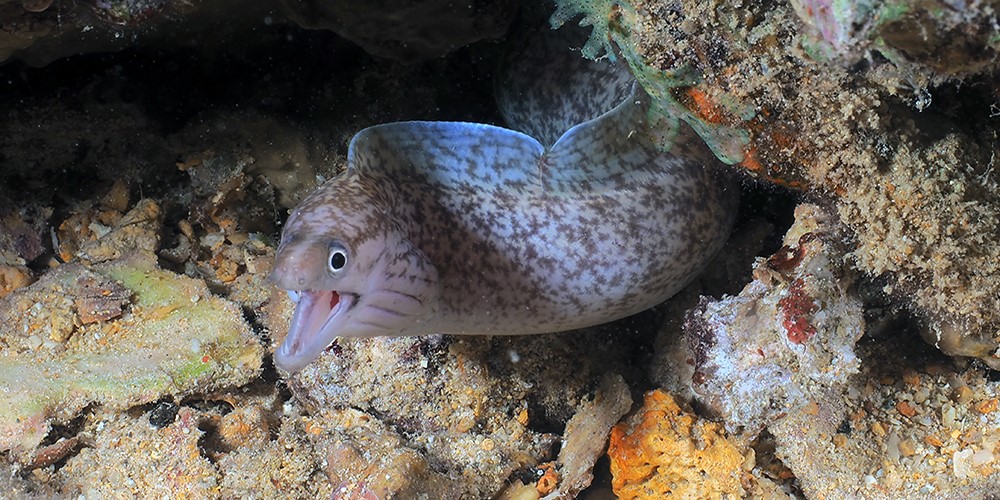
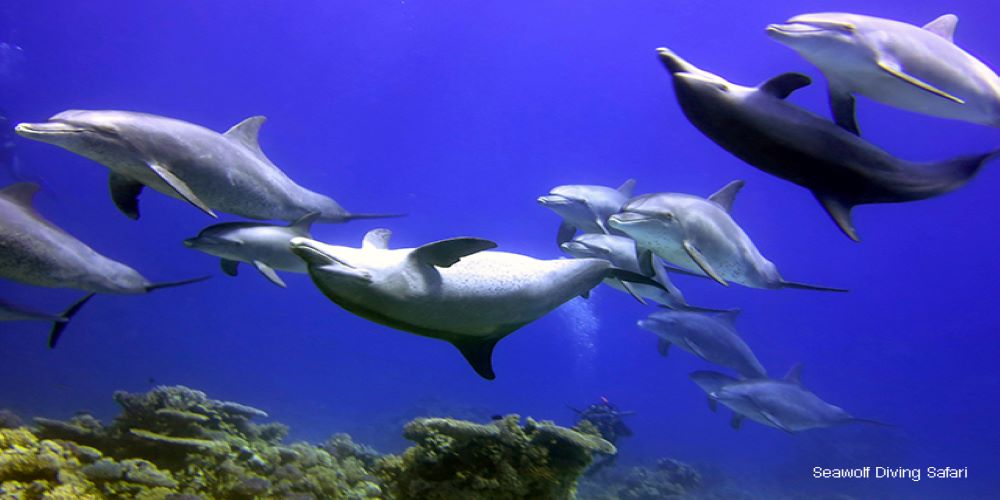
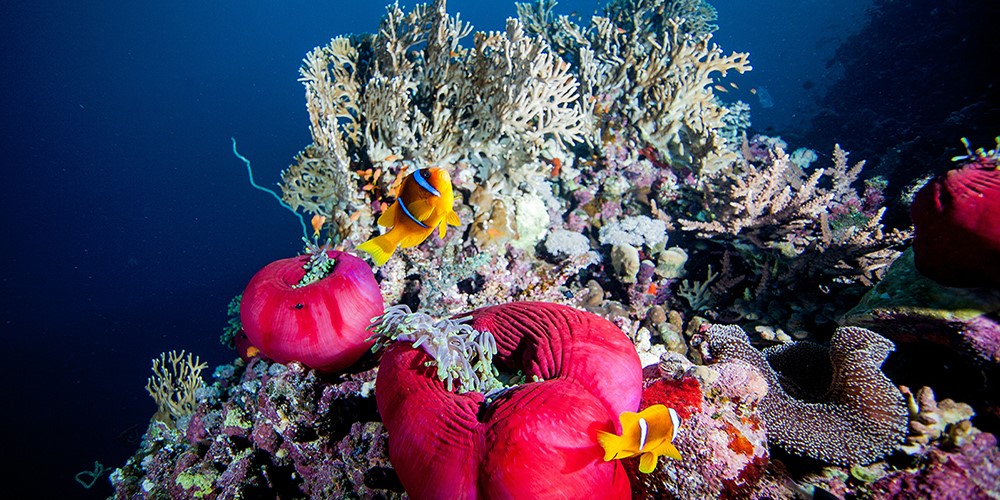
_lg.jpg)
